IMDEA Energy researchers study how the European Ecodesign Directive can contribute to improving the performance of hydrogen vehicles
The European Union is committed to reducing its total greenhouse gas emissions by at least 55% by 2030, setting specific targets, such as ensuring zero emissions from the exhaust gases of new passenger cars or increasing the share of renewables in the energy mix to 40%.
This roadmap positions Europe as a world leader in the energy transition and aims to reduce its dependence on energy imports. In 2019, these imports accounted for more than 60% of final consumption, with Russia being the largest trading partner in crude oil, natural gas and solid fossil fuels. This puts the EU in a weak position, especially in a context of geopolitical instability and scarcity of raw materials.
The energy transition implies profound changes in the way European countries generate, distribute, store and consume energy. In this context, the fuel cells and hydrogen (FCH) sector is positioned as one of its key enablers. Hydrogen emerges as a versatile, clean and flexible product, offering a way to store surplus renewable electricity and providing transport with a fuel with the potential to significantly mitigate its carbon footprint.
But to truly contribute to the overall goal of sustainable development, technologies related to the deployment of a hydrogen economy must be conceived as sustainable options from early stages of their design. This requires effective assessment tools to guide the process. For the first time in the specific field of these products, researchers from IMDEA Energy’s Systems Analysis Unit have tested the suitability of the instrument provided by the European Ecodesign Directive for such purposes: the EcoReport tool.
Within the framework of the eGHOST project, the researchers have evaluated the propulsion systems of a passenger car and a fuel cell truck with this tool. First, two base cases defined according to the current design parameters of these technologies were implemented in the EcoReport tool. In this way, preliminary information on possible areas for improvement and the strengths and weaknesses of the tool could be obtained to guide its eco-design process.
Then, once the observed limitations were resolved, both cases were parameterised. In this way it was possible to estimate, under aspects of eco-efficiency and material criticality, to what extent the 2030 technology targets could improve their performance.
The research team concludes that, although the EcoReport tool has the potential to be a suitable instrument for the identification of the most important aspects of FCH technologies to be improved, it needs to be updated to provide inventories of relevant materials and consumables, as well as updated impact assessment methods. In particular, they point to the need to implement key materials such as platinum, whose content in the fuel cell emerges as one of the main sticking points. In addition, the characterisation factors related to critical materials resulting from the calculation method included in the tool need to be reviewed and updated.
“This update is essential to respect the original purpose of the EcoReport tool, which was conceived to carry out a practical assessment of energy-related products without an in-depth knowledge of Life Cycle Assessment,” they say.
The research highlights the need to support the deployment of hydrogen technologies from a global perspective that ensures the parallel development of production and use technologies, in line with the key performance indicators foreseen at European level.
More information: https://doi.org/10.1039/D2SE01486F



